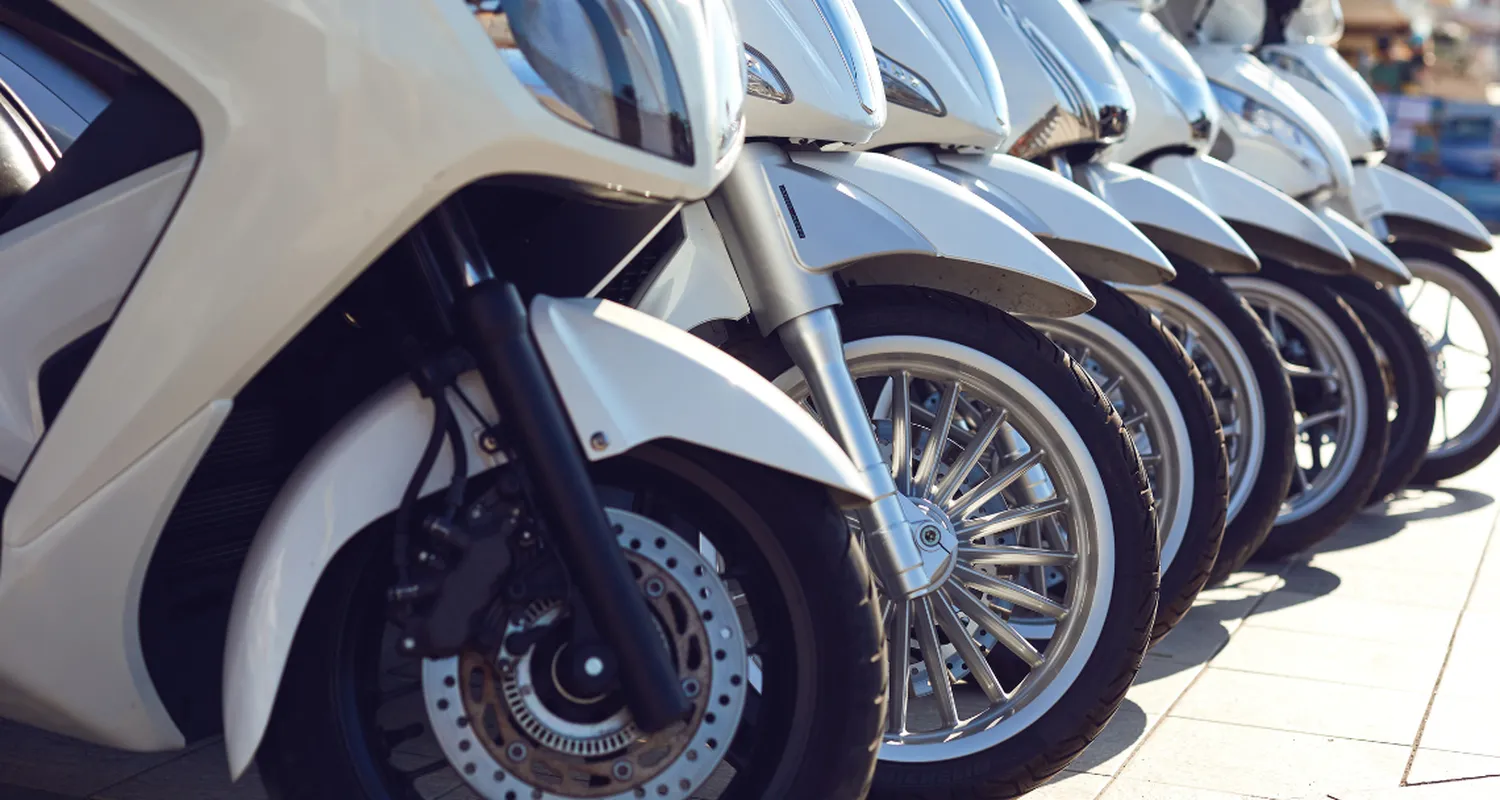Leading companies like Honda, Hero MotoCorp, Bajaj, and Yamaha must focus on R&D, technological upgrades, premium branding, and global expansion to sustain leadership. As the industry shifts toward electric mobility, manufacturers must adapt their strategies to stay competitive, redefining their global roles and positioning.
The global two-wheeler landscape
The world is looking at affordable mobility and rapid urbanization is fueling the expansion of the global two-wheeler market. The competition is becoming fierce, with electric models accelerating growth, driven by technology, innovation and government incentives. While accurate country wise data is difficult to gather and collate, it’s estimated that in 2024, the global 2-wheeler market was around USD 290 billion. The countries with the largest sales included China, India, Indonesia, Vietnam, Thailand, Philippines, Brazill, Italy, Taiwan and Pakistan, followed by Malaysia, Colombia, Mexico, Argentina, USA, etc. Most of these countries have equally large production facilities with the total global two-wheeler production being estimated to be around 60- 65 million units. The major manufacturing hubs are India, China, Indonesia, Vietnam, Japan, Thailand, Philippines, Brazil etc. followed by Nigeria, USA, Taiwan, Malaysia, Colombia, Mexico, Italy, Argentina etc.
The sales distribution and demand rankings for 2024 (based on data collected from multiple sources and normalized through discussions with our global partners) are represented below:







